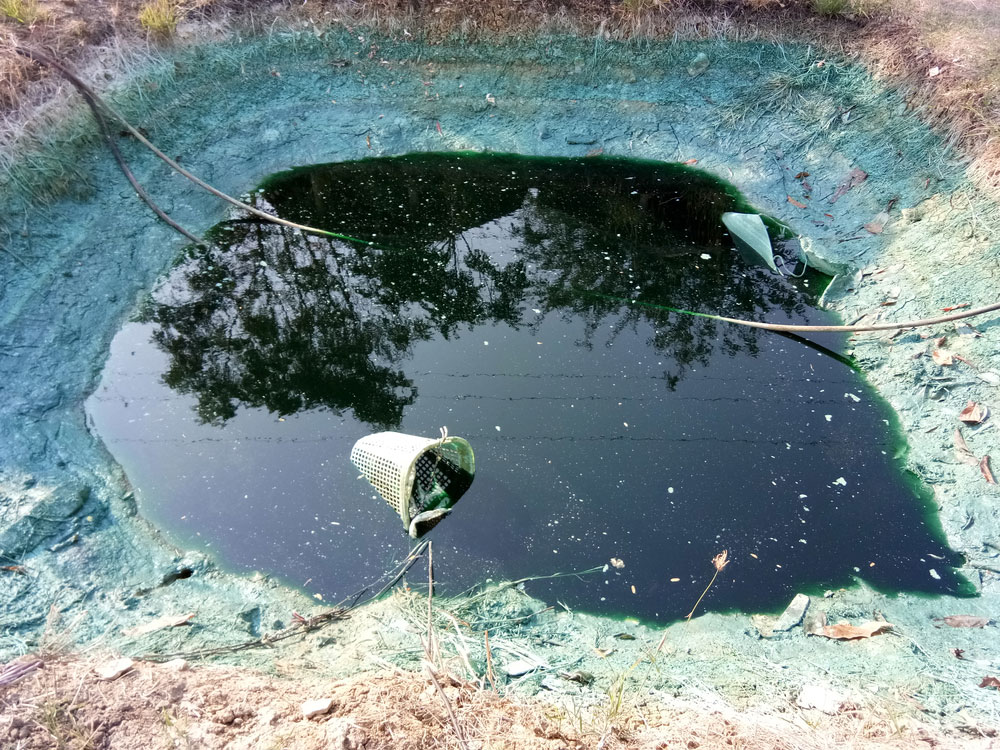Scientists at the Energy Safety Research Institute (ESRI) at Swansea University have developed a novel composite material which shows promise as a catalyst for breaking down environmentally-harmful dye pollutants. (Synthetic dye pollutants are released at a rate of nearly 300,000 tonnes a year into the world’s water).

The semiconductor-based photocatalytic material (comprising Ta3N5nanoparticles and WOx≤3nanowires) absorbs more than 90 percent of the dye and enhances the rate of dye breakdown by almost ten times using visible light. The researchers, led by Charles W. Dunnill and Daniel Jones reported their discovery in Nature Scientific Reportsl.
The composite is synthesised by growing nanowires of tungsten oxide on the surface of tiny particles of Ta3N5. The small size of the two material components provides a huge surface area for dye capture.The material breaks the dye down into smaller, harmless molecules using the energy provided by sunlight. Having removed the harmful dyes, the catalyst may simply be filtered from the cleaned water and reused.
While the photocatalytic breakdown of dyes has been investigated for several decades, it is only relatively recently that researchers have developed materials capable of absorbing the visible part of the solar spectrum – other materials, such as TiO2, are also able to break down dyes using solar energy, but their efficiency is limited as they only absorb higher energy, ultra-violet light.
By making use of a much greater range of the spectrum, materials such as those used by the ESRI team at Swansea University team are able to remove pollutants faster.
As a low band-gap semiconductor, Ta3N is red in colour due to its ability to absorb almost the entire spectrum of visible light, and therefore extracts a high amount of energy from sunlight to power the degradation processes.Tungsten oxide is considered one of the most promising materials for a range of photocatalytic applications, owing to its high electrical conductivity, chemical stability and surface activity.
In contrast to other leading photocatalytic materials, many of which are toxic to both humans and aquatic life, both parts of the composite are classed as non-hazardous materials.
The scientists responsible for the study believe that their research provides just a taster of the material’s potential.
“Now that we’ve demonstrated the capabilities of our composite, we aim to not just improve on the material further, but to also begin work on scaling up the synthesis for real-world application.” said Jones. “We’re also exploring its viability in other areas, such as the photocatalysed splitting of water to generate hydrogen.”
‘Active removal of waste dye pollutants using Ta3N5/W18O49 nanocomposite fibres’ Daniel Jones, Virginia Gomez et al; Nature Scientific Reports 7, Article number: 4090 (2017)
